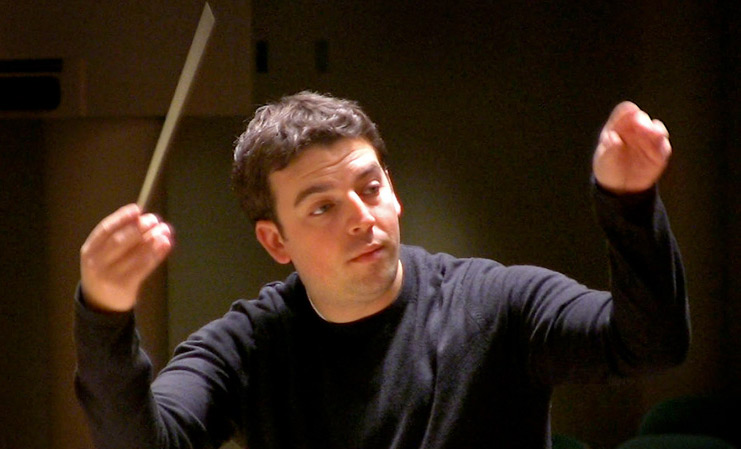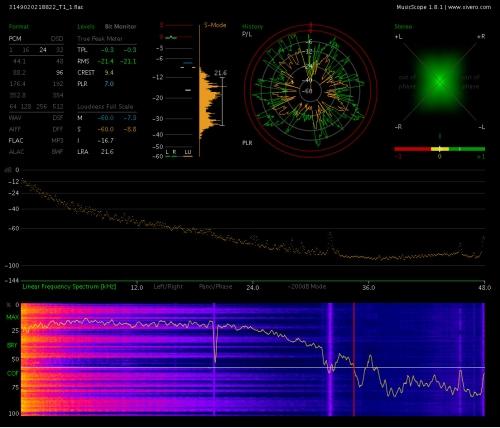
The fact that Switzerland, as a relatively small country, has such a varied and diverse orchestral culture isn’t in and of itself commonly known. The resident Lake Geneva Orchestre de la Suisse Romande still has international recognition from the glorious days under Ernest Ansermet, which were captured and documented by Decca in the sixties. Not at least with his famous Beethoven cycle from the 1990s, David Zinman and the Zurich Tonhall Orchestra have ensured a sustained international awareness and interest among concert-going audiences. But few know that apart from these two beacons of light, there are other cities in the Swiss confederation that also offer orchestral music at a very high level. The capital city of Bern is understandably proud of its symphony orchestra, which has been in existence for nearly 140 years, and is currently conducted by Mario Venzago. Basel scores with its not much younger symphony orchestra, and is creating a sensation under the direction of Dennis Russell Davies. And the Lucerne Symphony Orchestra (LSO) which has resided on the banks of Lake Lucerne since 1806 is now led by its young head conductor, the American James Gaffigan, who is also active as the principal guest conductor for the Radio Philharmonic Orchestra, based in Hilversum, Netherlands, and the Gürzenich Orchestra Cologne.
The LSO enjoys a benefit that shouldn’t be overlooked. In 1998 the Culture and Congress Center, Lucerne (KKL) opened – acoustically one of the best concert halls in the world, and which in recent years provided the ideal acoustic framework for, and saw the overwhelming success of, Claudio Abbado and his hand-picked Lucerne Festival Orchestra of absolute top quality. It’s no wonder, then, that the Dvorak recordings now being presented by the LSO are cloaked in such a luxurious sound – with velvety soft violins, golden glowing brass, multi-colored resplendent woodwinds, and impressively exciting percussion. A symphony orchestra couldn’t perform in a more brilliantly optimized acoustic environment.
Dvorak, who had been considered by his Austro- German neighbors as a rather undisciplined, melodious soul Bohemian, lacking serious crafting of symphonic motifs, wanted with his Sixth Symphony to prove that his symphonies were complemented by no less discipline than those of Johannes Brahms. The LSO’s interpretation of the Sixth Symphony, which carefully and clearly delivers a compositional pattern free of Bohemian appearance, comes very close to achieving this goal. Sometimes, in fact, it seems to be more in keeping with Brahms than Dvorak. It’s as if George Szell is saying hello, a conductor who with his Cleveland Orchestra made a case for a similar direction. This musical approach to Dvorak, as it relates to Brahms, may only be played a long way away from the banks of the Moldova – in this instance on the River Reuss, in Lucerne, where it runs near the KKL (the Culture and Congress Center, Lucerne).
Originally arranged for piano, and now known as the ‘American Suite’, the Suite Op. 98b varies between major and minor, changing in color over five movements of seemingly simple Bohemian melodies – tunes that are always beguiling, but far removed from any sense of melancholy – a melancholy without which a Brahms would not be possible. The unexpected approach chosen here by James Gaffigan – to present Dvorak in a seemingly down-to-earth manner, free of Bohemian appearance – is fully implemented by his LSO.

Spectrogram
Sampling rate 96 kHz: verified
Bit depth 24 bit: okay
Commentary:
The available technical spectrum is fully utilized.









